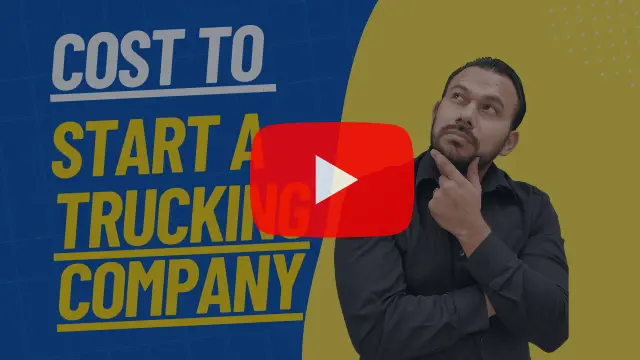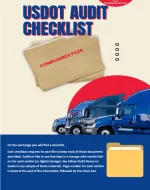Apportioned Plates – A Guide to Multi-State Trucking Compliance
For over a decade, we’ve helped trucking companies navigate the complexities of compliance, including obtaining apportioned plates. If your trucking business operates across state lines, these plates are essential for staying compliant with the International Registration Plan (IRP) and ensuring your operations run smoothly.
This guide will explain what they are, why they’re important, how to obtain them, and provide answers to frequently asked questions about the process.
What Are Apportioned Plates?
Also known as IRP plates are license plates issued under the International Registration Plan (IRP), which is an agreement among the U.S., Canada, and certain jurisdictions. These plates allow carriers to operate across multiple states and provinces without needing separate vehicle registrations in each jurisdiction.
The fees for the plates are based on the percentage of miles driven in each jurisdiction, making them a cost-effective solution for interstate trucking companies.
Who Needs Apportioned Plates?
- You operate commercial vehicles across state or provincial borders.
- Your vehicle has a gross vehicle weight (GVW) exceeding 26,000 lbs. or has three or more axles.
- You transport goods or passengers for hire.
Without the right plates, you risk fines, penalties, and operational delays.
Need Help With Your Apportioned Plates?
Get Help Today!
Speak With Our Experienced Permit Professionals.
Call Us Today! Live Agents Are Standing By.
Steps to Obtain Apportioned Plates
Obtain a USDOT Number
A USDOT Number is required for all interstate carriers. It identifies your business and ensures compliance with FMCSA regulations.
Start your USDOT Number application here: DOT and MC Number Guide.
Apply for Trucking Authority
If you transport goods or passengers across state lines, you’ll also need an MC Number to operate legally.
Learn more here: Trucking Authority and Permit Services.
Gather Required Documents
Before applying make sure you have prepared the following:
- Proof of insurance meeting FMCSA standards.
- Vehicle title or lease agreement.
- USDOT and MC Number documentation.
- Records of mileage traveled in each jurisdiction (if applicable).
Submit Your IRP Application
Complete your IRP application through your state’s Department of Motor Vehicles (DMV) or equivalent agency. Ensure all information is accurate and up-to-date.
Pay Registration Fees
Fees are based on the percentage of miles your vehicles travel in each jurisdiction. States and provinces use these fees to cover road maintenance and infrastructure costs.
Benefits of Apportioned Plates
- Legal Compliance: Meet all state and provincial registration requirements.
- Cost Efficiency: Pay registration fees based on actual mileage, saving money on unused jurisdictions.
- Operational Flexibility: Travel seamlessly across borders without additional permits.
Common Mistakes When Applying
Avoid these common errors during the application process:
- Submitting incomplete or incorrect mileage records.
- Failing to provide proof of insurance that meets state and federal requirements.
- Misunderstanding the IRP application process or filing deadlines.
For assistance in avoiding these mistakes, visit our guide: Trucking Authority and Permit Services.
Frequently Asked Questions
What are apportioned plates?
Apportioned plates are license plates issued under the IRP that allow interstate and international operation for commercial vehicles.
Who needs apportioned plates?
Any commercial vehicle with a GVW over 26,000 lbs., three or more axles, or transporting goods across state or provincial borders requires apportioned plates.
How are fees calculated?
Fees are based on the percentage of miles driven in each jurisdiction. The more miles you drive in a state, the higher the fees for that state.
Can I operate without apportioned plates?
No, operating without apportioned plates can result in fines, penalties, and being placed out of service.
Do I need to renew my plates annually?
Yes, apportioned plates must be renewed every year, and updated mileage records are required for renewal.
Can I transfer my plates to another vehicle?
Yes, but the process varies by state. You’ll need to notify your state’s DMV and provide the required documentation.
What happens if I don’t have accurate mileage records?
Inaccurate mileage records can delay your application or result in incorrect fee assessments.
Do I need apportioned plates for intrastate operations?
No, apportioned plates are only required for interstate operations. Intrastate carriers typically need standard vehicle registration.
Are there additional permits required for interstate operations?
Yes, you may need an IFTA license, UCR registration, and other state-specific permits. Learn more here: Trucking Authority and Permit Services.
How long does it take to get apportioned plates?
The timeline varies by state, but most applications are processed within 2–4 weeks if all documents are complete.
Get Started with Apportioned Plates
Obtaining your commercial plates is a vital step for trucking companies operating across state lines. With over a decade of experience, we simplify the process and ensure you meet all IRP requirements while avoiding costly mistakes.
For expert assistance with apportioned plates and other compliance needs, visit:
Take the first step toward compliance and operational success today!







